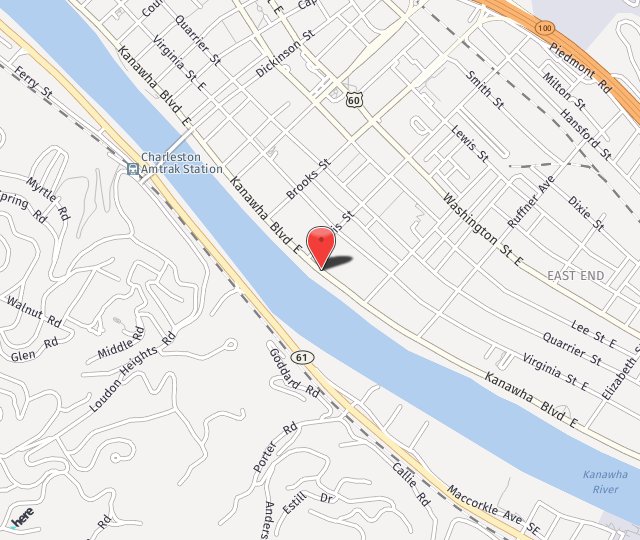Modern technology provides a variety of successful laser resurfacing treatments for improving the condition of the skin. Laser skin treatments employ focused beams of light energy to counteract the effects on the skin of acne, aging, sun damage, hyperpigmentation, scars, or poor nutrition. Resurfacing laser treatments are safe and efficient, requiring little downtime to provide effective results.
Much less invasive than dermabrasion and chemical peels, laser treatments remove damaged skin and rejuvenate the patient's appearance. Most of the time, such treatments are sought for the face, but may also be performed on other parts of the body.
Reasons for Laser Resurfacing
Patients seek laser resurfacing for a variety of reasons, all related to discontent with their appearance. Laser resurfacing may be performed for any of the following reasons:
- To decrease or eliminate wrinkles or stretchmarks
- To diminish the appearance of scars
- To rejuvenate non-responsive skin after a facelift
- To remove age spots or spider veins
- To repair sun-damaged skin
- To improve skin tone due to melasma or other causes
- To remove warts or birthmarks
- To decrease the size of enlarged pores
- To remove tattoos
Types of Laser Resurfacing
There are two basic types of laser resurfacing treatments: ablative and non-ablative.
Ablative Laser Resurfacing
Ablative laser treatments, which penetrate more deeply, actually cause a wound, since they remove a layer of skin. Since ablative resurfacing actually vaporizes a layer of the skin, it provides more dramatic results and requires fewer sessions, but also requires a longer period of healing.
Non-Ablative Resurfacing
Non-ablative treatments do not burn away skin tissue, but use laser energy to stimulate collagen growth and tighten underlying skin. Non-ablative resurfacing is gentler than ablative and requires less downtime, but may necessitate more treatment sessions and may yield less dramatic results.
In general, non-ablative laser treatments are used when the repair needed is less extensive. Also, non-ablative treatments are recommended for people of color for whom ablative resurfacing may be more likely to cause unsightly changes in pigmentation.
A form of ablative resurfacing known as fractional ablative laser is now increasingly in use. This procedure targets more specific regions so that laser microbeams pinpoint and peel away smaller areas of skin. During fractional laser surfacing, no visible wounds are caused, so, although results are more noticeable, less downtime is necessary than after conventional ablative treatments. For some individuals, fractional ablative laser resurfacing represents the best of both worlds.
The Laser Resurfacing Procedure
Laser treatments for skin conditions are typically performed in the doctor's office with topical anesthesia. Procedures typically take between 30 and 90 minutes to perform, depending on the size and location of the treated area. While some individuals will notice significant results after just one treatment, particularly with ablative procedures, many patients will require multiple sessions in order to achieve the desired results. It is also possible that additional touch-up treatments will be needed at a future date.
Risks of Laser Resurfacing
Although laser skin treatment is considered safe for most patients and is typically performed with no long-term complications, there are certain risks associated with any type of medical procedure. While considered rare, risks may include:
- Infection
- Scarring
- Redness
- Pigmentation changes
- Acne
- Milia, tiny white bumps on the skin
Recovery from Laser Resurfacing
Recovery from laser resurfacing procedures varies according to the particular procedure undergone and the individual patient's skin type. In all cases, however, patients who have undergone these treatments should avoid sun exposure wherever possible.
Recovery from Non-ablative Laser Resurfacing
After treatment, patients may experience redness and peeling at the treated site as the skin heals. The duration of these side effects varies, but is commonly several days. Ice packs may ease discomfort and improve appearance. Normal activities can be resumed during healing, and makeup may be applied to camouflage any unwanted, evidence of treatment.
Recovery from Ablative Laser Resurfacing
After ablative laser resurfacing, the treated skin will temporarily be raw, swollen and itchy and the yellowish liquid that oozes from treated areas may form crusts. After treatment, a thick ointment, such as petroleum jelly, and a watertight dressing will be applied to the affected area. If treatment has been performed on the face, the patient may be instructed to keep the head elevated during the night. Ice packs and over-the-counter pain relievers may be recommended for symptom relief. To help avoid scarring, patients are instructed not to pick at crusts or pieces of skin. Visible healing may take a week or two.
While recovering from ablative laser resurfacing, patients are instructed to avoid strenuous activities and to clean the treated area regularly with water, saline or dilute acetic acid in order to assist in debriding the site. Some patients may prefer to remain at home until healing is well underway. Once new skin covers the treated area, cosmetics may be applied to conceal any residual redness which may persist for a few months. When healing is complete, the skin's appearance will be dramatically improved in tone, texture and tightness.

